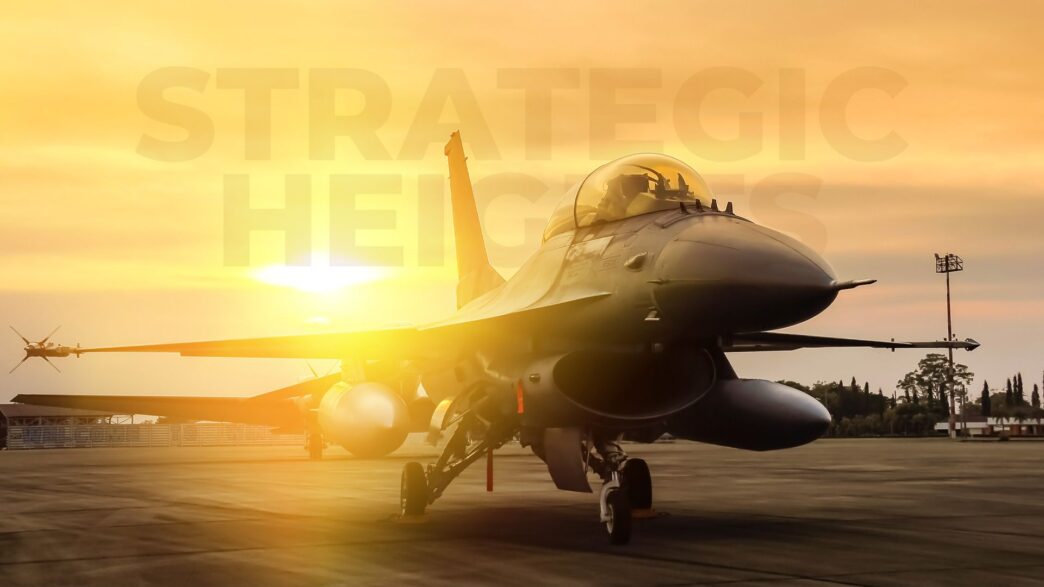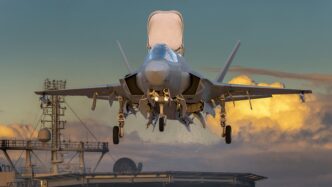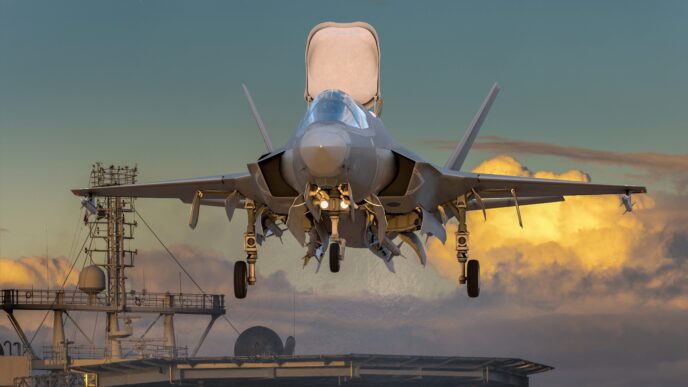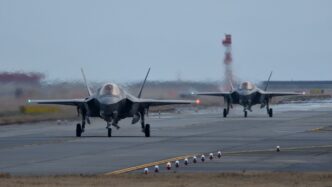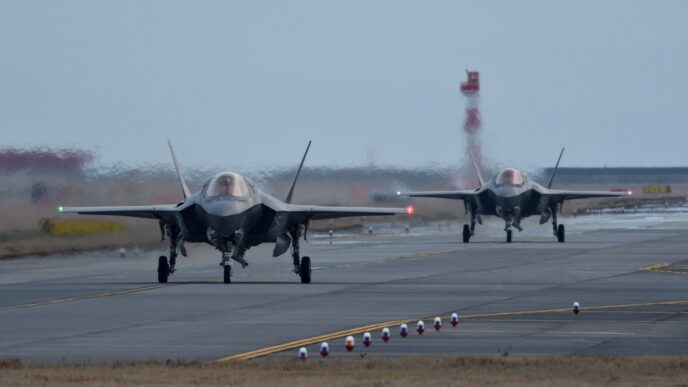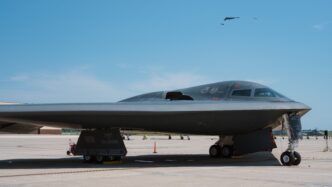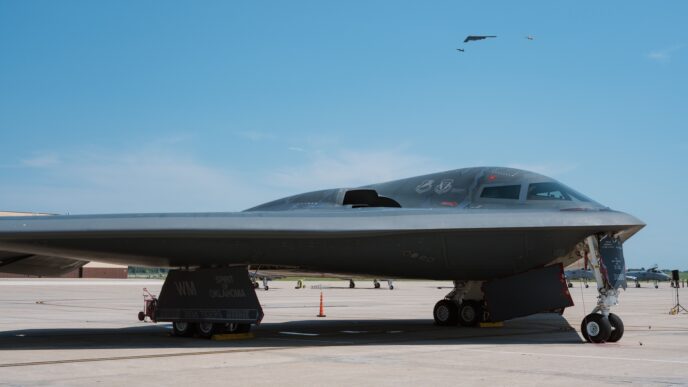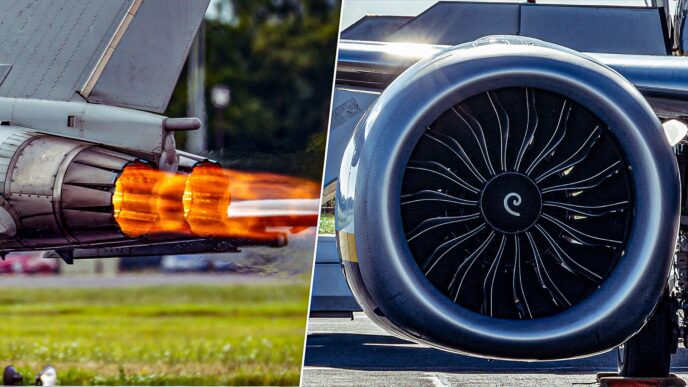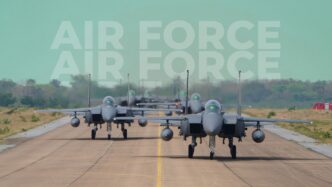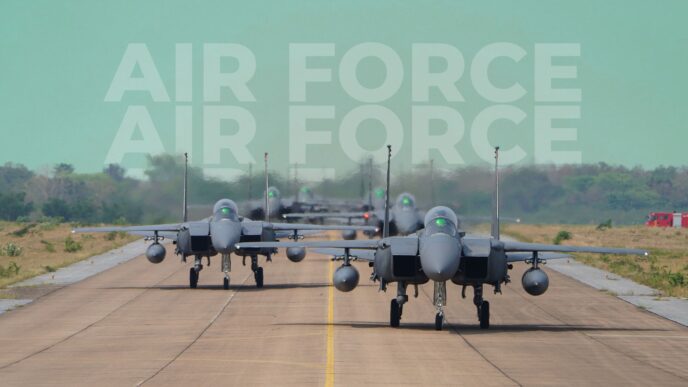In comparison to some other nations, the United States tends to have its air bases situated at much lower altitudes. Take Bolivia, for instance, where El Alto International Airport sits at a staggering 13,325 feet above sea level. In contrast, even the highest U.S. military airfields are below 5,000 feet. Countries like China, India, and Bolivia boast some of the world’s highest airfields nestled in mountainous regions. Many of these high-altitude bases serve both military and civilian purposes. China, in particular, has several dual-use airports in the Tibetan Plateau. Meanwhile, countries like Switzerland, Iran, and Taiwan have opted for mountain tunnels to shield their aircraft from potential ground attacks.
Operating airbases at high altitudes presents unique challenges. The thinner air requires longer runways for aircraft to take off and land safely. This reduced air density can impact aircraft performance, often necessitating lighter payloads. Even Edwards Air Force Base in California, at just 2,300 feet above sea level, experiences these effects. It’s a key site for testing experimental aircraft, like the F-35 Lightning II fighter jet. During its development, Boeing and Lockheed Martin competed with their X-32 and X-35 demonstrators, respectively. The X-32 struggled with vertical takeoff at Edwards due to the altitude, while the X-35 excelled, showcasing its superior design.
Training in diverse environments is crucial for military readiness. High-altitude airfields offer valuable training opportunities, allowing pilots to practice operating in challenging conditions. These locations often provide access to rugged terrain, ideal for realistic combat training scenarios. However, not all militaries require such settings. For instance, Finland’s military is primarily focused on defending its low-lying terrain, so high-altitude training isn’t as critical for them.
#Aviation #MilitaryTraining #HighAltitudeChallenges
Originally reported by Simple Flying Read More

